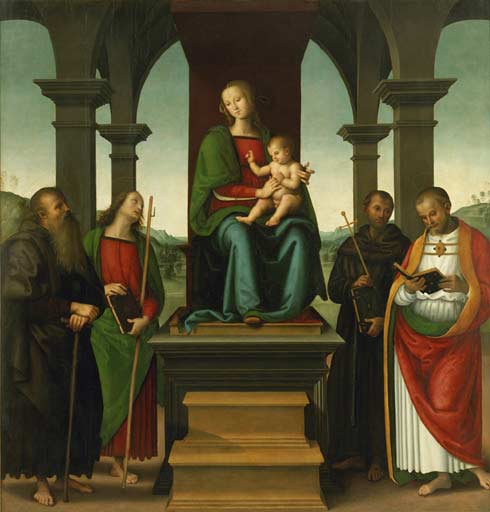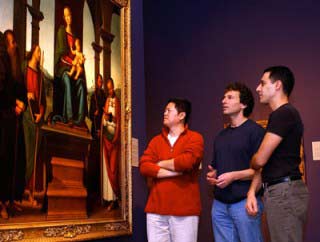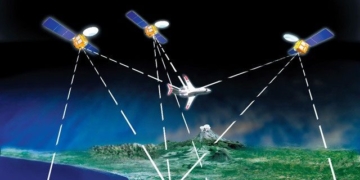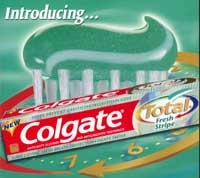For a long time, art researchers have relied on science to distinguish original paintings from copies. For instance, they use X-rays and infrared rays to identify the materials on the painting’s surface, which allows them to determine the age of the artwork. However, last year, scientists at Dartmouth College (USA) discovered a completely new method to authenticate a masterpiece of painting.
According to this method, paintings are scanned into a computer to record data on the characteristics of the brushstrokes. Even the smallest differences in the structure of the brushstrokes can be detected by the computer, helping to differentiate a true masterpiece from imitations.
Initially, scientists tested this on original works by Bruegel to see how they differed from the many copies made of his paintings. Interestingly, the results produced by the computer matched the opinions of experts familiar with Bruegel: Among the paintings evaluated, eight were identified as “genuine,” while the rest were copies.
They subsequently studied the painting “The Virgin and Four Saints”, which is attributed to Perugino, to clarify whether the artist painted the entire work himself or assigned certain details to his students. Many researchers lean towards the second hypothesis, and the computer analysis also indicated that the brushstrokes belonged to four different painters. This has made Italians, who insist on personal copyright for their fellow artist, more hesitant.

The painting “The Virgin and Four Saints” by Perugino (Photo: cs.dartmouth)
According to Professor David Donoho from Stanford University, while computers perform reasonably well, further validation is needed due to the limited number of paintings tested. However, some other experts are less optimistic. Lorens Kenter, an official at the Metropolitan Museum, argues that the computer has only analyzed a few aspects of the artist’s style and has not considered other important factors that showcase their skill, such as color mixing methods. When analyzing the painting “The Virgin and Four Saints” by Perugino,
 |
| Experts examining the painting “The Virgin and Four Saints” by Perugino (Photo: primidi) |
Kenter provided a slightly different perspective from the computer’s results. He believes that, in addition to Perugino, two other painters collaborated, one of whom is significantly less skilled than Perugino, while the other exceeds Perugino in technique. Such an assessment of artistic skill exceeds the capabilities of computers. Therefore, this method requires further refinement.
In 2001, the idea of using mathematics with parameters to distinguish real paintings from forgeries came to mathematician Daniel Rokmor, one of the authors of the new method, when he visited the Metropolitan Museum to see an exhibition of original Bruegel paintings alongside copies. Collaborating with Rokmor was programming expert Hani Ferid, who has extensive experience in identifying differences represented by numbers through statistical methods. After receiving photographs of the paintings from the Metropolitan Museum, the scientists scanned the images into a computer to determine the parameters for the brushstrokes. However, initially, they only used black-and-white images to limit the number of parameters, which is a weakness that art researchers believe needs to be addressed.
“Of course, the work is not yet perfect – Professor Rokmor notes – But it is fascinating that mathematics can help us accomplish a task that has long been primarily based on experience and intuition among art researchers.”
After studying Bruegel and Perugino, the mathematicians plan to research Raphael, as he is the artist most studied in the art world.
The mathematicians are surprised that the art research community has not yet utilized computer assistance. “Statistical methods have been recognized in many fields; it is time to apply them in the art sector as well,” Professor Donoho stated.
Ngọc Minh


















































